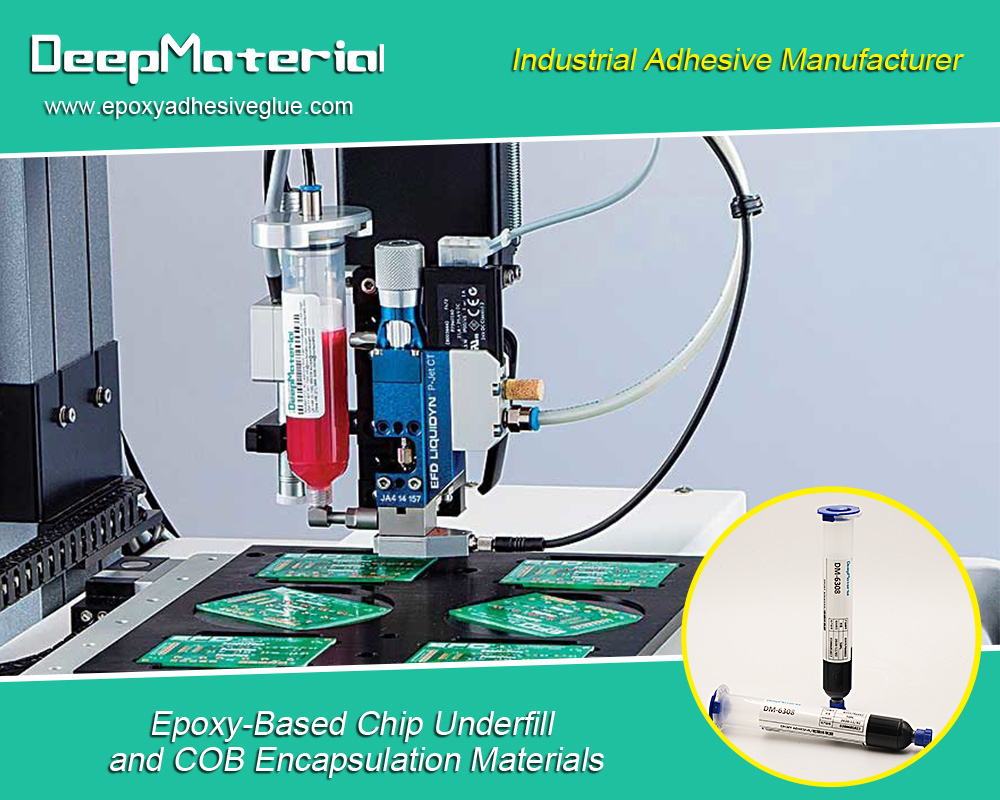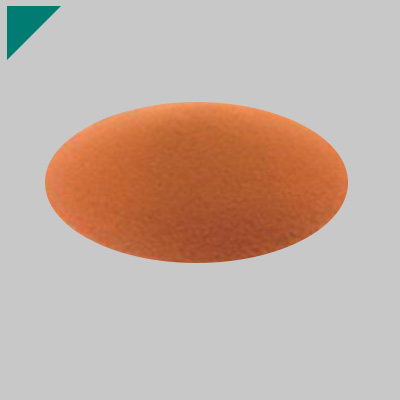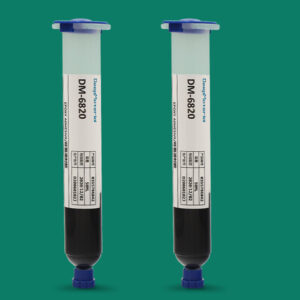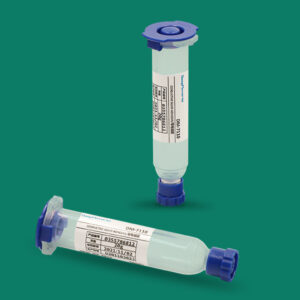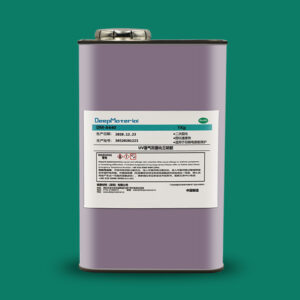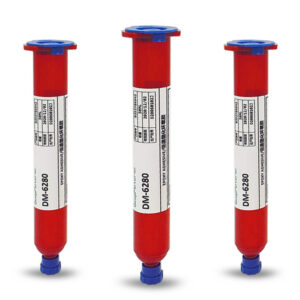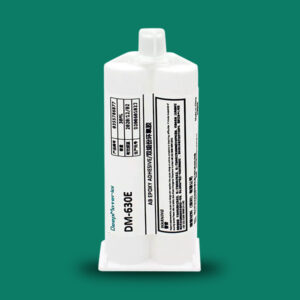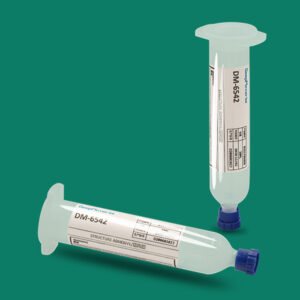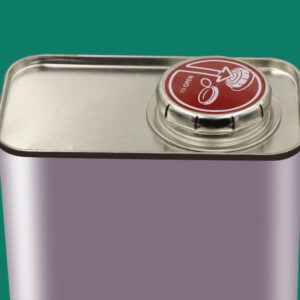The Super Fireproof Glue: Revolutionizing Safety in Bonding Applications
The Super Fireproof Glue: Revolutionizing Safety in Bonding Applications
In industries where fire safety is non-negotiable—construction, aerospace, automotive, and beyond—adhesives must do more than just bond materials; they must withstand extreme heat, resist flame spread, and minimize smoke production. Enter the “super fireproof glue,” a class of advanced adhesives engineered to exceed standard fire resistance requirements, offering unparalleled performance in high-risk environments. These glues combine innovative formulations, such as inorganic binders and intumescent additives, to achieve top-tier ratings under standards like ASTM E84 (Class A) and EN 13501-1 (A1/A2). From bonding fire-rated walls to securing components in jet engines, super fireproof glues are transforming safety and reliability. This article explores the science behind these adhesives, their key properties, types, applications, and how they are made, while highlighting leading manufacturers and practical considerations. Discover how super fireproof glue is setting a new standard for safety and performance in fire-critical applications.

What is Super Fireproof Glue?
Super fireproof glue refers to a category of high-performance adhesives designed to provide exceptional fire resistance, surpassing the capabilities of standard fireproof glues. These adhesives are formulated to endure extreme temperatures (often exceeding 1,000°C), resist ignition, limit flame spread, and produce minimal smoke or toxic emissions. They are engineered to meet or exceed stringent fire safety standards, such as ASTM E84 (Flame Spread Index ≤ 25, Smoke Developed Index ≤ 450 for Class A) and EN 13501-1 (A1 or A2 classifications with s1, d0 ratings for low smoke and no flaming droplets).
The “super” designation comes from advanced formulations that combine:
- Inorganic Binders: Materials like sodium silicate or calcium aluminate provide non-combustible properties and thermal stability.
- Fire-Retardant Additives: Intumescent agents, phosphorous compounds, or alumina trihydrate (ATH) enhance fire resistance.
- Nanotechnology: Nanoparticles like graphene improve strength and heat dissipation.
- Hybrid Systems: Combining organic and inorganic components for flexibility and durability.
These glues are critical in applications where safety is paramount, such as fire-rated construction, aerospace components, or industrial furnaces. Unlike standard adhesives, super fireproof glues maintain structural integrity under thermal stress, making them ideal for environments with extreme heat or fire risks. Their versatility and compliance with global standards position them as a cornerstone of modern fire-safe engineering.
Key Properties of Super Fireproof Glue
Super fireproof glues are distinguished by their exceptional properties, tailored for extreme conditions:
- Ultra-High Fire Resistance: These glues achieve A1 or A2 ratings under EN 13501-1 or Class A under ASTM E84, indicating non-combustibility or minimal contribution to fire. They withstand temperatures from 1,000°C to over 2,000°C without degrading.
- Low Flame Spread: Formulated with intumescent agents or phosphorous-based retardants, they prevent flames from spreading across bonded surfaces, reducing fire propagation risks.
- Minimal Smoke and Toxicity: Rated s1 (lowest smoke emission) under EN 13501-1, these glues produce negligible smoke, ensuring safe evacuation in fire scenarios. They also minimize toxic fume release.
- Thermal Stability: They maintain bond strength during thermal cycling, resisting cracking or delamination in high-heat environments like kilns or engines.
- Strong Adhesion: Despite their fire-resistant properties, these glues bond effectively to diverse substrates, including ceramics, metals, composites, and textiles, ensuring structural integrity.
- Chemical Resistance: They resist degradation from acids, alkalis, or corrosive gases, making them suitable for industrial and chemical processing applications.
- Electrical Insulation: Many formulations are non-conductive, ideal for electronics or high-voltage systems exposed to heat.
- Sustainability: Advanced formulations incorporate low-VOC or water-based components, aligning with green building standards.
These properties make super fireproof glues indispensable for applications requiring both safety and performance, setting them apart from standard fire-resistant adhesives.
Types of Super Fireproof Glue
Super fireproof glues come in various formulations, each tailored for specific applications and performance needs:
- Silicate-Based Glues: Using sodium or potassium silicate, these inorganic adhesives achieve A1 ratings under EN 13501-1 due to their non-combustible nature. They are used in high-temperature applications like refractory bonding or fireproof insulation.
- Intumescent Adhesives: These glues expand under heat to form a protective char layer, achieving A2 or B-s1,d0 ratings. They are ideal for sealing joints in fire-rated walls or bonding panels in transportation.
- Ceramic-Based Adhesives: Formulated with ceramic powders like alumina or zirconia, these glues withstand temperatures above 1,650°C, making them suitable for aerospace and industrial furnaces.
- Phosphate-Based Glues: Using monoaluminum phosphate or other phosphate binders, these adhesives offer thermal stability up to 1,000°C and are used in refractory and high-heat industrial applications.
- Epoxy-Based Fireproof Glues: Modified with fire-retardant additives like ATH or phosphorous compounds, these provide strong adhesion and A2/B ratings, ideal for electronics and composite bonding.
- Hybrid Polymer Adhesives: Combining MS polymers or polyurethanes with fire-retardant additives, these offer flexibility and fire resistance (B-s1,d0), suitable for construction and automotive uses.
Each type is selected based on temperature requirements, substrate compatibility, and fire safety standards, ensuring optimal performance in demanding environments.
How Super Fireproof Glue is Made
Creating super fireproof glue involves advanced formulation techniques to balance fire resistance, adhesion, and usability:
Base Selection: Inorganic binders like sodium silicate or calcium aluminate are chosen for their non-combustible properties. For hybrid glues, organic bases like epoxy or polyurethane are modified with fire-retardant additives.
Incorporating Fire-Retardant Additives:
- Intumescent Agents: Add 10–20% expandable graphite or ammonium polyphosphate to form a char barrier under heat.
- Alumina Trihydrate (ATH): Mix 20–30% ATH to release water vapor, cooling the adhesive and reducing flammability.
- Phosphorous Compounds: Blend 5–15% phosphorous-based retardants to promote char formation and limit oxygen supply.
- Adding Fillers: Incorporate ceramic powders (e.g., alumina, zirconia) or mineral fillers (e.g., calcium carbonate) at 10–20% by weight to enhance thermal stability and reduce combustibility.
- Nanotechnology Integration: Add nanoparticles like graphene (1–5%) to improve heat dissipation, strength, and fire resistance.
- Mixing and Testing: Combine components in precise ratios using industrial mixers, ensuring uniform dispersion. Test samples for fire performance (e.g., flame spread, smoke production) in certified labs to meet ASTM E84 or EN 13501-1 standards.
- Curing Optimization: Formulate for specific curing conditions, such as room-temperature curing for construction glues or heat curing (150–300°C) for high-temperature applications.
- Quality Control: Conduct rigorous quality checks to ensure consistency, adhesion strength, and compliance with fire safety standards.
These steps ensure super fireproof glues deliver exceptional performance, balancing fire resistance with practical application needs.
Applications of Super Fireproof Glue
Super fireproof glues are used in diverse, high-risk environments:
- Construction: Bonding fire-rated drywall, ceiling tiles, or insulation in commercial buildings, meeting ASTM E84 Class A or EN 13501-1 A1/A2 standards.
- Aerospace: Securing ceramic matrix composites (CMCs) in jet engines or heat shields, where glues must withstand temperatures above 1,500°C.
- Automotive: Bonding exhaust system components, heat shields, or sensors, ensuring durability under high heat and vibration.
- Industrial Furnaces and Kilns: Bonding refractory linings or sealing joints in high-temperature environments, such as steel or glass manufacturing.
- Electronics: Encapsulating components in high-temperature circuits, leveraging non-conductive, fire-resistant properties.
- Transportation: Bonding interior panels or insulation in trains, ships, or aircraft, ensuring low smoke and flame spread for passenger safety.
These applications highlight the glue’s versatility and critical role in enhancing safety.
Leading Manufacturers of Super Fireproof Glue
Several manufacturers excel in producing super fireproof glues:
- 3M Company: Offers products like 3M Fire Barrier Sealant CP 25WB+, an intumescent sealant achieving ASTM E84 Class A and EN 13501-1 B-s1,d0 ratings. Ideal for construction and industrial sealing.
- Henkel (Loctite): Produces Loctite Stik ‘n Seal Extreme Conditions and Teroson MS 939 FR, known for flexibility and fire resistance in construction and automotive applications.
- H.B. Fuller: Their FulaFlex FR™ sealant achieves A2-s1,d0 ratings, perfect for fire-rated wall and floor joints.
- KASTAR: Offers KASTAR 978 Fire Resistant MS Polymer Sealant, a cost-effective solution with B-s1,d0 ratings for construction and furniture.
- Saint-Gobain Joinleader: Their Fireproof Silicone Sealant withstands high temperatures and meets EN 13501-1 standards, used in glazing and industrial applications.
- DeepMaterial Technologies: Specializes in One-Component Epoxy Adhesive, ideal for electronics and composite bonding with ASTM E84 Class A ratings.
These manufacturers combine innovation, rigorous testing, and compliance to deliver top-tier fireproof glues.
Considerations for Using Super Fireproof Glue
To maximize performance, consider:
- Compliance Verification: Ensure the glue meets ASTM E84 or EN 13501-1 standards, with certifications like CE marking or Declarations of Performance (DoP).
- Substrate Compatibility: Confirm adhesion to materials like ceramics, metals, or textiles.
- Application Conditions: Follow manufacturer guidelines for temperature, humidity, and ventilation during application and curing.
- Surface Preparation: Clean and prime surfaces to remove contaminants, ensuring strong bonds.
- Safety Precautions: Use gloves, masks, and ventilation when handling inorganic or solvent-based glues to avoid irritation or fumes.
- Curing Time: Allow sufficient curing (24–72 hours) to achieve full fire-resistant properties.
- Cost vs. Performance: Balance high-performance glues (e.g., 3M) with budget-friendly options (e.g., KASTAR) based on project needs.
These considerations ensure safe and effective use of super fireproof glues.
Advantages and Limitations
Advantages:
- Unmatched Fire Resistance: A1/A2 or Class A ratings ensure minimal fire contribution.
- Versatility: Bonds diverse substrates in construction, aerospace, and electronics.
- Low Smoke/Toxicity: Enhances safety in fire scenarios.
- Durability: Resists thermal cycling, chemicals, and environmental factors.
Limitations:
- Cost: Advanced formulations are expensive.
- Brittleness: Inorganic glues may lack flexibility for dynamic substrates.
- Application Complexity: Requires precise surface preparation and curing.
- Fumes: Some additives may release fumes during curing, necessitating ventilation.
Future Trends in Super Fireproof Glue
The future of super fireproof glues includes:
- Nanotechnology: Graphene or silica nanoparticles enhance fire resistance and strength.
- Sustainable Formulations: Bio-based or low-VOC glues align with green building standards.
- Smart Adhesives: Sensors to monitor fire exposure or bond integrity.
- Hybrid Systems: Combining flexibility and ultra-high fire resistance for broader applications.
These innovations will further elevate the performance and sustainability of super fireproof glues.
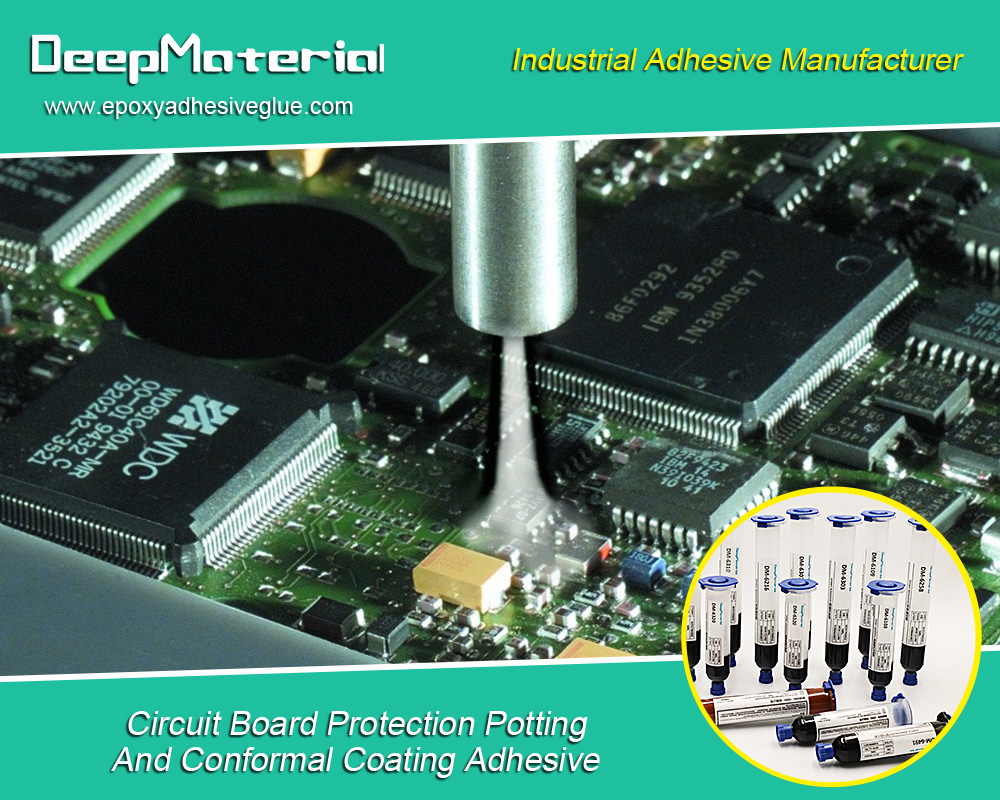
Conclusion
Super fireproof glue represents the pinnacle of adhesive technology, offering unmatched fire resistance, low smoke production, and strong bonding for high-risk environments. Meeting ASTM E84 and EN 13501-1 standards, these glues are vital in construction, aerospace, and industrial applications. Manufacturers like 3M, Henkel, and KASTAR lead the market with innovative formulations. By understanding their properties, types, and applications, users can select the right glue for safety-critical projects. As advancements like nanotechnology and sustainable formulations emerge, super fireproof glues will continue to redefine safety and reliability in bonding, protecting lives and property in fire-prone settings.
For more about choosing the best epoxy adhesive glue for metal to plastic, you can pay a visit to DeepMaterial at https://www.epoxyadhesiveglue.com/category/epoxy-adhesives-glue/ for more info.


